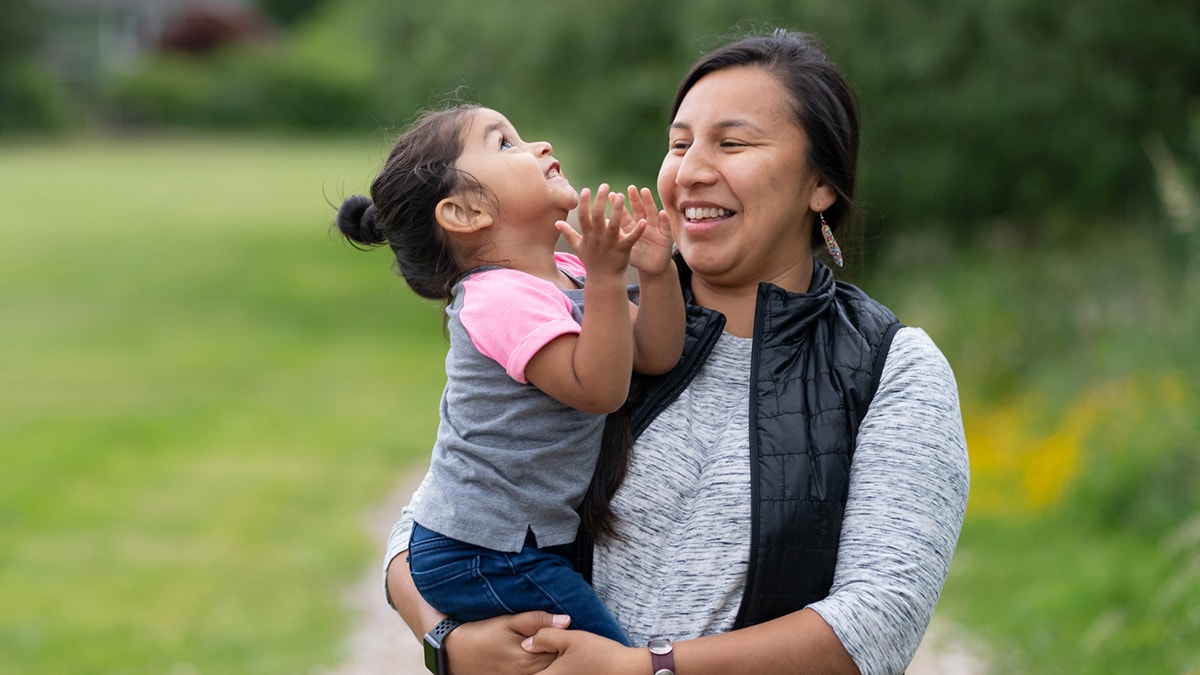Key points
- Health disparities create challenges for specific groups to get the care they need.
- HIV, STDs, viral hepatitis, and tuberculosis affect American Indian or Alaska Native (AI/AN) People due to health disparities.
What are Health Disparities?

Health disparities are differences in the incidence, prevalence, and mortality of a disease and the related adverse health conditions that exist among specific population groups. These groups may be characterized by gender, age, race or ethnicity, education, income, social class, disability, geographic location, or sexual orientation. These health disparities are one reason why HIV, viral hepatitis, STDs, and TB take a greater toll in one population group over another. Find information about how these diseases affect American Indian and Alaska Native (AI/AN) populations.
Challenges
HIV
Though the overall numbers are small, in 2018, the rate (per 100,000 population) of HIV diagnoses in the United States among adult and adolescent American Indian/Alaska Native males was greater (16.2) than the rate for White males (9.6). The rate per 100,000 population among American Indian/Alaska Native females was greater (3.0) than for White females (1.7).
More Information
STDs
Chlamydia
In 2018, the rate of reported chlamydia cases among AI/AN was 784.8 cases per 100,000 population. Overall, the rate of reported chlamydia cases among AI/AN in the United States as 3.7 times the rate among Whites.
Gonorrhea
In 2018, the rate of reported gonorrhea cases among AI/AN (329.5 cases per 100,000 population) was 4.6 times the rate among Whites. The disparity between gonorrhea rates for AI/AN and Whites was larger for AI/AN females (6.3 times the rate among White females) than for AI/AN males (3.3 times the rate among White males). The disparity in gonorrhea rates for AI/AN in 2018 was larger in the Midwest than in the West, Northeast, and South.
Primary and Secondary Syphilis
In 2018, the rate of reported P&S syphilis cases among AI/AN was 2.6 times the rate among Whites (15.5 versus 6.0 cases per 100,000 population, respectively). This disparity was greater for AI/AN females (5.4 times the rate among White females) than for AI/AN males (2.1 times the rate among White males).
Congenital Syphilis
From 2014 to 2018, the rate of reported congenital syphilis increased 500% among American Indians/Alaska Natives (13.2 to 79.2 cases per 100,000 live births). In 2018, the rate of reported cases of congenital syphilis among AI/AN was 5.9 times the rate among Whites (79.2 cases versus 13.5 cases per 100,000 live births, respectively).
More Information
Viral Hepatitis
In 2018, there were 15,713 death certificates among US residents that listed hepatitis C as the underlying or a contributing cause of death. American Indians/Alaskan Natives have historically experienced the highest age-adjusted hepatitis C-related mortality rates, relative to other race/ethnic groups, and the rate increased from 2016 to 2017. In 2018 American Indians/Alaska Natives again had the highest hepatitis C related death rate among all race/ethnic groups, at 9.05 deaths per 100,000 population.
More Information
Tuberculosis (TB)
In 2018, 87% of all reported TB cases occurred in racial and ethnic minorities. TB disease was reported in 104 American Indians and Alaska Natives in the United States, accounting for 1.2% of all people reported with TB disease nationally. The rate of TB disease in American Indians and Alaska Natives was 4.3 cases per 100,000 population, which is over eight times higher than the rate of TB disease in non-Hispanic whites (0.5 cases per 100,000 population). Overall, 9,025 TB cases were reported to CDC from the 50 states and the District of Columbia in 2018.
More Information
